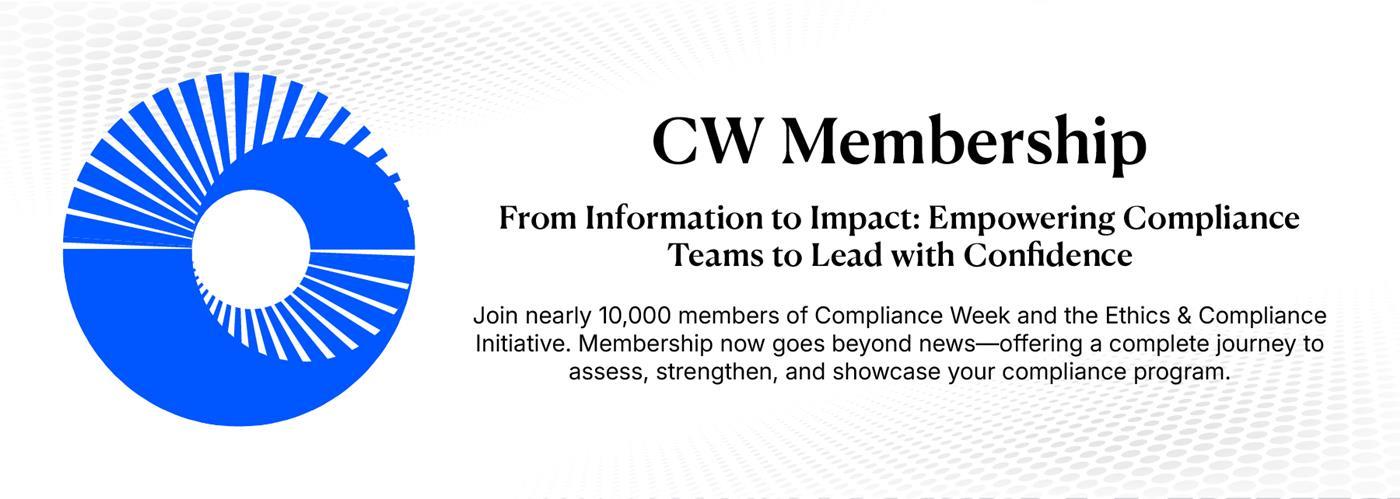Setting the scope of an investigation
Establishing the parameters of an investigation is one of the most critical responsibilities facing compliance officers. Define an investigation too narrowly and the company risks missing important pieces of evidence or possibly additional violations. Define it too broadly and the investigation can drag on for long time periods and burn through cash.
An extremely limited scope can also give the impression that the investigation is being undertaken for the sake of appearance, and not to uncover wrongdoing, say investigation specialists. Rather than simply accept the conclusion of an overly narrow investigation, compliance officers need to “peek around the corners,” says Brian Miller, inspector general at the General Services Administration, which manages property and some back-office services and purchasing for the federal government. If an allegation claims that a vendor mischarged on a set of invoices, for example, the investigation should include not only the invoices in question, but other contracts involving the vendor, he says.
Casting too wide a net during an investigation also has consequences beyond wasted time and resources. It also can cause compliance to lose credibility if it appears that the investigation has become a fishing expedition.
THIS IS MEMBERS-ONLY CONTENT
You are not logged in and do not have access to members-only content.
If you are already a registered user or a member, SIGN IN now.









